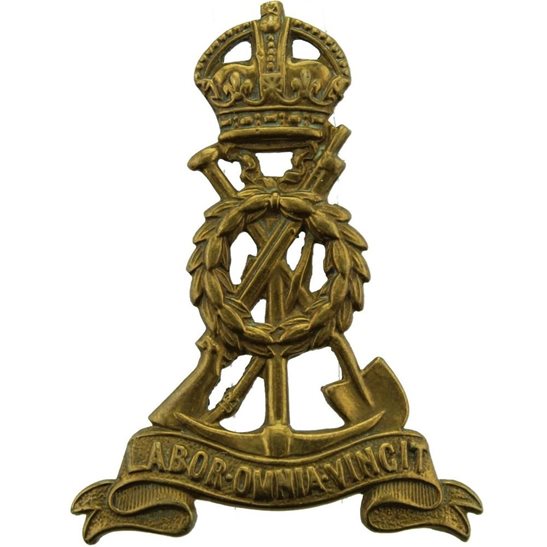Personal Details
Born: 15 August 1878 in Whitchurch, Shropshire. Randle’s surname was sometimes spelt Challinor.
Family: Eighth of ten children born to Jonathan and Elizabeth Challenor. In November 1911 he married Sarah E Porter at St Oswald’s Church in Malpas, Cheshire and they went on to have a son named Thomas.
Residence: Randle lived with the family in Chester Road, Whitchurch from 1881 to at least 1901. In 1911 he was residing with his two sisters at 7 Brooklands, also on Chester Road. Four years later he, his wife and child were living at 7 Park Road, Whitchurch, Shropshire. In 1939 the family were still at the same address.
Employment: In both the 1901 and 1911 census Randle’s occupation is given as general labourer. By the time of his enlistment in 1915 he was employed as a baker’s van man. Twenty-four years later his occupation was that of motor haulier.
Died: In 1958 aged 79 in Birkenhead, Cheshire.
Military Details
Regiment: Labour Corps (previously Loyal North Lancashire Regiment and King’s Shropshire Light Infantry)
Rank: Corporal
Service Number: 573538 (previously 34329 and 24733)
Date of Enlistment: 10 December 1915
Date of Discharge: 2 July 1919
Reason for Discharge: Demobilisation
Other Information: Mobilised in June 1916 and transferred to Loyal North Lancashire Regiment in December 1916. Deemed to be 20% disabled on discharge.
Randle was awarded the Campaign Medals (British War Medal and Victory Medal).

The British War Medal (also known as 'Squeak') was a silver or bronze medal awarded to officers and men of the British and Imperial Forces who either entered a theatre of war or entered service overseas between 5th August 1914 and 11th November 1918 inclusive. This was later extended to services in Russia, Siberia and some other areas in 1919 and 1920. Approximately 6.5 million British War Medals were issued. Approximately 6.4 million of these were the silver versions of this medal. Around 110,000 of a bronze version were issued mainly to Chinese, Maltese and Indian Labour Corps. The front (obv or obverse) of the medal depicts the head of George V. The recipient's service number, rank, name and unit was impressed on the rim.
The Allied Victory Medal (also known as 'Wilfred') was issued by each of the allies. It was decided that each of the allies should each issue their own bronze victory medal with a similar design, similar equivalent wording and identical ribbon. The British medal was designed by W. McMillan. The front depicts a winged classical figure representing victory. Approximately 5.7 million victory medals were issued. Interestingly, eligibility for this medal was more restrictive and not everyone who received the British War Medal ('Squeak') also received the Victory Medal ('Wilfred'). However, in general, all recipients of 'Wilfred' also received 'Squeak' and all recipients of The 1914 Star or The 1914/1915 Star (also known as 'Pip') also received both 'Squeak' and 'Wilfred'. The recipient's service number, rank, name and unit was impressed on the rim.

